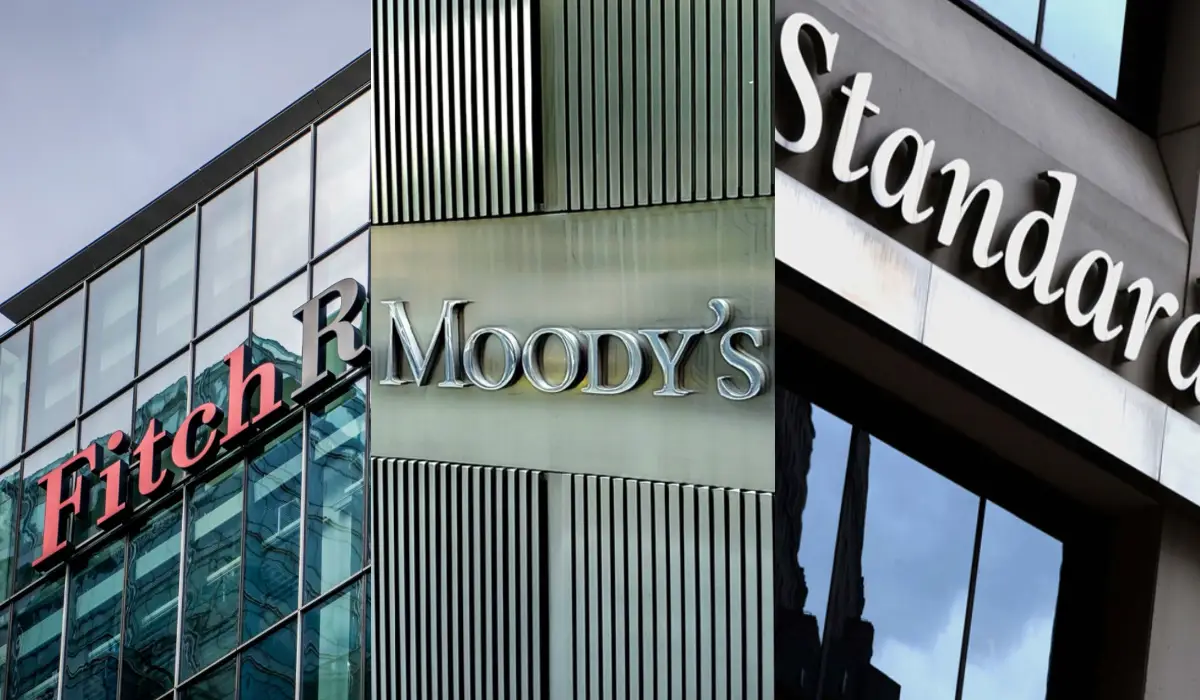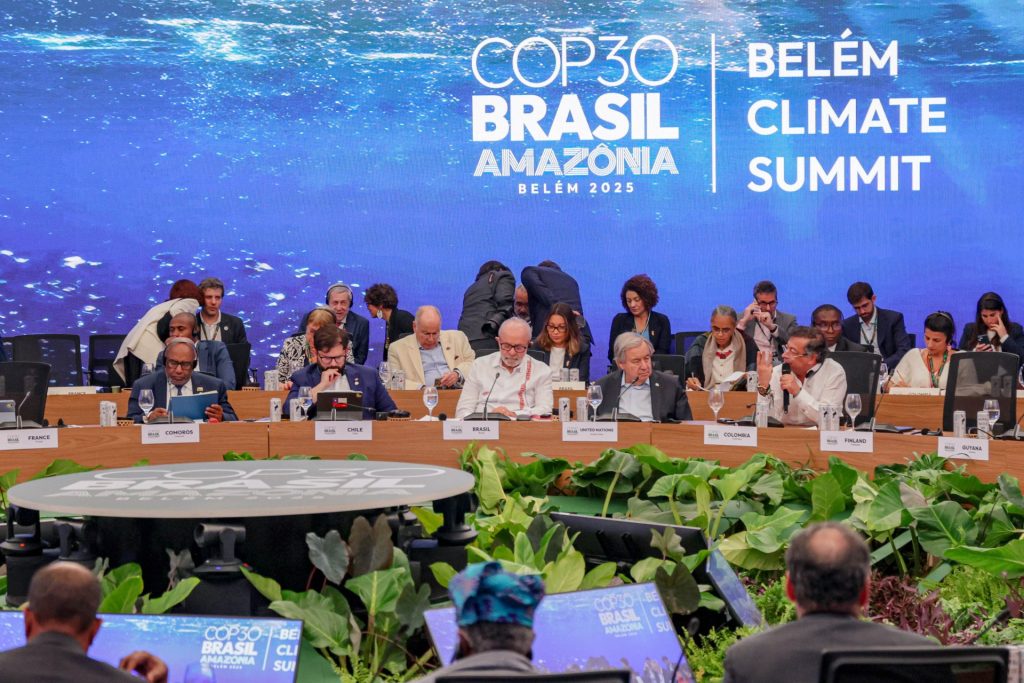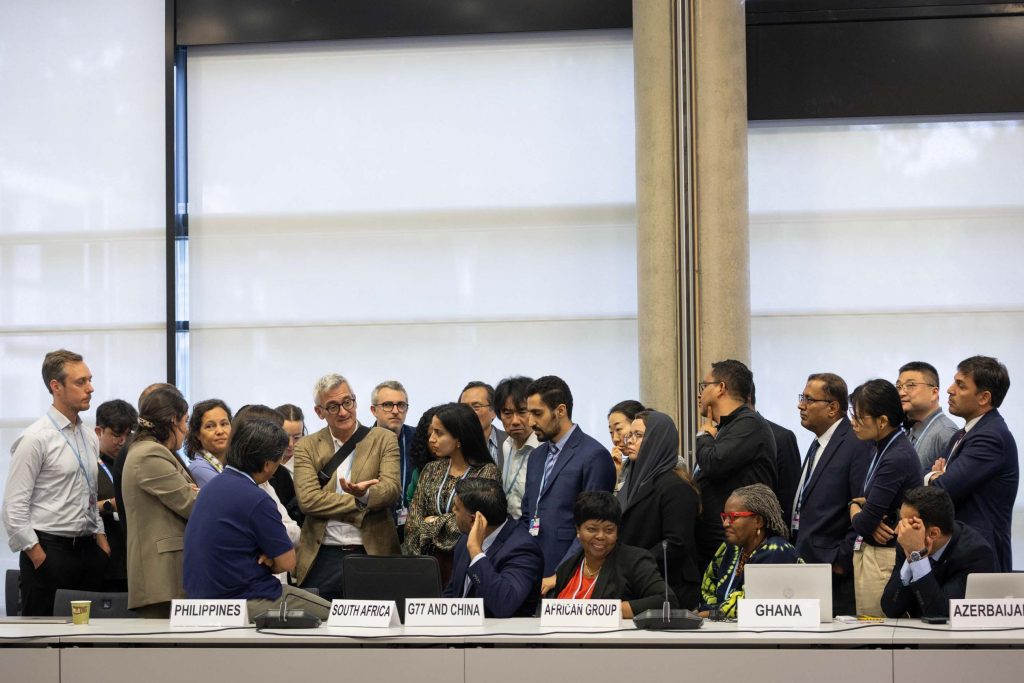Sovereign credit ratings (SCRs) – the indication of the capacity and willingness of governments to repay their debts, has been in the news in recent times, with several countries in the global south alleging that the ratings provided by the big three – S&P, Moody’s and Fitch are biased. A rating process entails an assessment of sovereign risk which has implications for borrowing costs, and often becomes a ceiling for other ratings in the country. The inability of these agencies to appreciate local context and a lack of transparency in how they assess risk can lead to a misrepresentation of risk, with debilitating consequences. Existing evidence has shown that these consequences cost Africa US$75 billion – US$24 billion directly and US$46billion in foregone lending.
This has resulted in a push for an African credit rating agency, an initiative of the African Union, which has gained momentum through the African Peer Review Mechanism and UNECA. Despite a pre-feasibility study indicating that the new agency will have to contend with issues of credibility, investor perceptions about its independence, market confidence and financial risk to its shareholders, demand for such an agency, and the need to develop and integrate Africa’s capital markets, provides a viable business case. For instance, the 22 countries in Africa not rated by international credit rating agencies will likely get featured, which will enhance their access to the capital markets. Additionally, a well-defined legal, institutional, financial and management framework could assuage the risk of independence and investor perceptions.
Africa’s dire need for development and climate finance
The region has been in the dire need of finance over the last few decades. Of the US$277 billion per annum in climate finance that is needed on the continent, only US$30billion is for adaptation. Total climate finance needs will reach US$2.5 trillion according to some estimates. The gap in finance is projected to increase, and given that the majority of the finance comes from commercial loans, US$75 billion lost every year as a result of credit ratings is no ‘chicken change’. A reform of both the ratings process and the work of ratings agencies becomes ‘life-defining’ for Africa.
The implications of current sovereign credit ratings on access to climate finance
Climate Policy Initiative, estimates that up to 90% of finance used by African governments for climate action, comes from international public and private investors. The implication generally is that there are high levels of borrowing for climate action.
For perspective, Ghana plans to spend US$562 billion to finance its energy transition, with an expectation that the economy will grow to US$863.69 billion. Never mind that it’s economy today is worth only US$72 billion. Nigeria is aiming for US$410 billion for its energy transition, the majority of which is driven by external finance. The country has expressed concerns about the uncertainties regarding donor funding for climate projects, and its dependency on external capital markets for climate finance, which are costly. This mix and approach to climate finance do not require a crystal ball for one to see the negative impact on debt and overall development. This is well documented in the light of debt distress in the region. It is easy to see why negative sovereign credit ratings, whether perceived or real, could be a major source of distress for governments and climate action in Africa.
Some have argued that governments should rely on other sources of finance, for example, blended finance instruments, or project de-risking with guarantees and green bonds to encourage private capital mobilization. But neither of these approaches substantively address the fundamental challenge of risk perception on the continent. What is needed is a shift in mindset about the global south, particularly in Africa, where pro-growth climate investments may actually enhance creditworthiness over time. The situation is exacerbated by the cross-border spillover effects that credit ratings have. For instance in Europe, there is evidence that, ratings downgrades for selected countries impacted the entire region and financial markets in varying degrees. In a similar manner, an uncontemplated change in government in Burkina Faso or Mali, negatively impacts perceptions of political risk in the region, which could negatively affect credit ratings of nearby countries. It should be noted that capital in its truest form pursues wealth and not risk, and the opportunities that climate action holds, need to be reimagined as smoothening wealth generation, and not risk mitigation. This is happening in other markets in Europe and Asia, why not Africa?
Will an Africa managed ratings agency change the game for climate finance?
The IMF indicates that current ratings are reliable predictors of likely default for both governments and their private sector borrowers. However, the arguments of critics which fuel the need for an African credit rating agency with the backing of some of the region’s influential multilateral development banks and organs of the African Union, in the region remain ever strong. The agency may likely be operational as early as 2025, according to the AU Commissioner for Trade and Industry – Albert Muchanga.
Some argue that, the experiment has been run in the past without any positive outcome, primarily because foreign investors and capital markets, who are the target of African countries, prefer the “biased ratings” from the big three ratings agencies. Others also indicate that, simply addressing the weaknesses of ownership of rating agencies, improving their methods and foothold in Africa, may not be sufficient to address the exposures of African economies to global commodity cycles which elevate their risks, transparency and provision of data, and a reliance on the IMF to signal credit worthiness of countries.
The objective of finance for climate action perhaps goes beyond the expectations of private capital and investors, and legibility of African economies. If anything, it is to support investments which directly transform the economies and make them resilient to climate catastrophe, while indirectly contributing to a global public good. As a result, the models used to determine investment viability, and the likelihood of a government defaulting on its payment, which depend substantially on sovereign credit ratings, may not be the most effective. In short, SCRs should not be the primary determinant of access to finance for climate action, at least for the global south – Africa in particular.
Circumventing the problem
The slow pace of reforms to the global financial architecture and the seeming inability of global funds such as the Global Climate Fund (currently has a portfolio of US$13billion dotted across 120 countries) to achieve the needed scale, addressing the challenges with credit ratings becomes paramount for climate action.
Africa’s urgent need for development and climate finance, paired with the growing financing gaps, calls for more transparency over and a re-evaluation of how credit risks are measured, particularly in the context of climate action. But these reforms cannot happen alone. The longer-term solution lies in increasing concessional finance and reforming the global financial architecture to support sustainable and transformative investments in Africa, which would enhance economic resilience and contribute to global climate goals.





